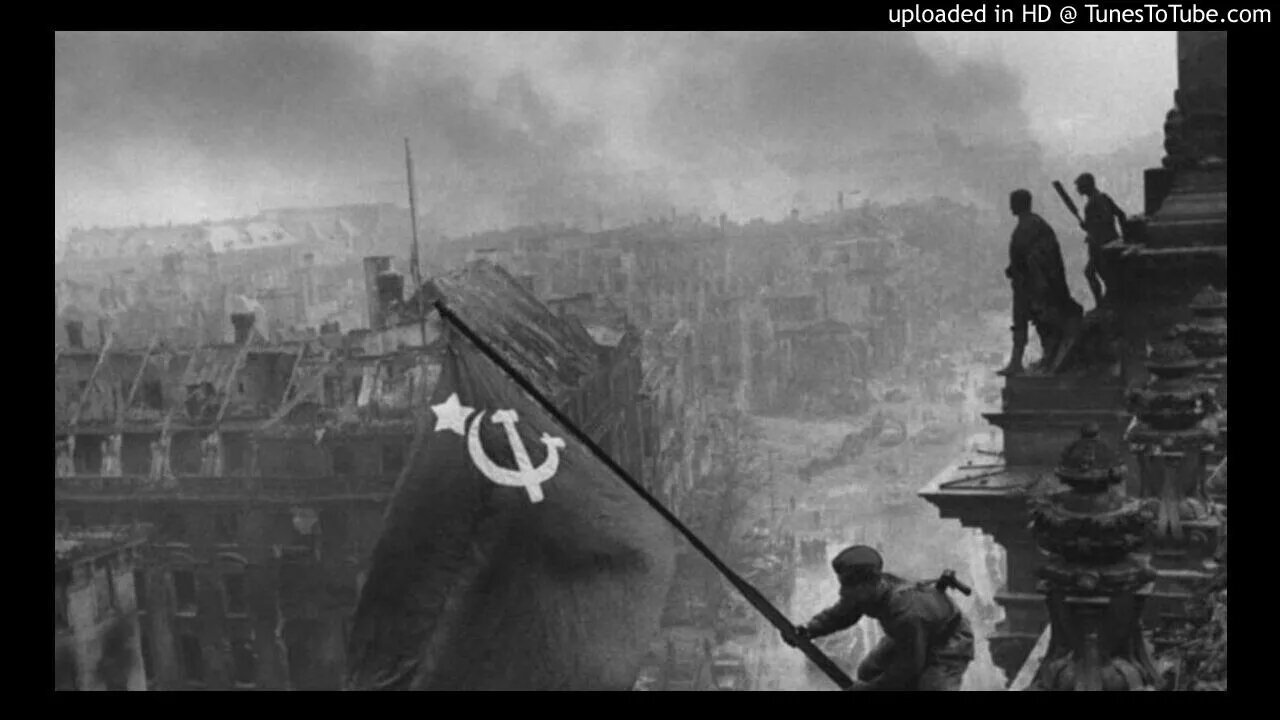Premium Only Content

I Was Warden of a Soviet Murder Camp - Front Page Drama
The Gulag was the government agency in charge of the Soviet network of forced-labour camps set up by order of Vladimir Lenin, reaching its peak during Joseph Stalin's rule from the 1930s to the early 1950s. English-language speakers also use the word gulag to refer to all forced-labour camps that existed in the Soviet Union, including camps that existed in the post-Stalin era.
The Gulag is recognised as a major instrument of political repression in the Soviet Union. The camps housed a wide range of convicts, from petty criminals to political prisoners, large numbers of whom were convicted by simplified procedures, such as by NKVD troikas or by other instruments of extrajudicial punishment. In 1918–22, the agency was administered by Cheka, followed by the GPU (1922–23), OGPU (1923–34), later by the NKVD (1934–46), and in the final years by the Ministry of Internal Affairs (MVD). The Solovki prison camp, the first corrective labor camp constructed after the revolution, was established in 1918 and legalised by a decree, "On the creation of the forced-labour camps" on April 15, 1919.
The internment system grew rapidly, reaching a population of 100,000 in the 1920s. According to Nicolas Werth, the yearly mortality rate in the Soviet concentration camps strongly varied, reaching 5% (1933) and 20% (1942–1943) while dropping considerably in the post-war years (about 1 to 3% per year at the beginning of the 1950s). In 1956 the mortality rate dropped to 0.4%. The emergent consensus among scholars who utilize official archival data is that of the 18 million who were sent to the Gulag from 1930 to 1953, roughly 1.5 to 1.7 million perished there or as a result of their detention
-
 8:33:13
8:33:13
Chesterton Radio
1 year ago $0.77 earnedChesterton Radio Live - Christmas Mystery-Drama-Adventure-Comedy - Chuck the TV
2.54K -
 LIVE
LIVE
BEK TV
23 hours agoTrent Loos in the Morning - 8/29/2025
428 watching -
 LIVE
LIVE
Times Now World
3 hours agoLIVE News | “Diplomacy of Cannons Is Over” – Maduro Challenges Washington | Times Now World
1,769 watching -
 1:09:09
1:09:09
Dialogue works
1 day ago $0.28 earnedScott Ritter: NATO is FINISHED
7643 -
 LIVE
LIVE
FyrBorne
11 hours ago🔴Warzone M&K Sniping: I Can Be Your Idol (For Sniping)
150 watching -
 LIVE
LIVE
The Real Tombliboos - Live Streaming
4 hours ago🔴CHARITY DRIVE🔴12 HOURS🔴Extra Life Charity🔴#ExtraLife #extralife4kids - Round 1
59 watching -
 17:54
17:54
Dr Disrespect
19 hours agoDR DISRESPECT vs VAN DAMME in Hitman 3
84.4K11 -
 34:26
34:26
CarlCrusher
13 hours agoJake Paul's Crew vs Ancient Skinwalker Canyon
15.2K2 -
 16:07
16:07
Chris From The 740
1 day ago $0.76 earnedMy BIGGEST Problem with the Ruger RXM – FIXED by Liberty Build Co!
9.34K1 -
 13:29
13:29
Professor Gerdes Explains 🇺🇦
12 hours agoUS Deploys Warships to Venezuela's Coast: A Show of Force Against Putin's Ally
8.76K1